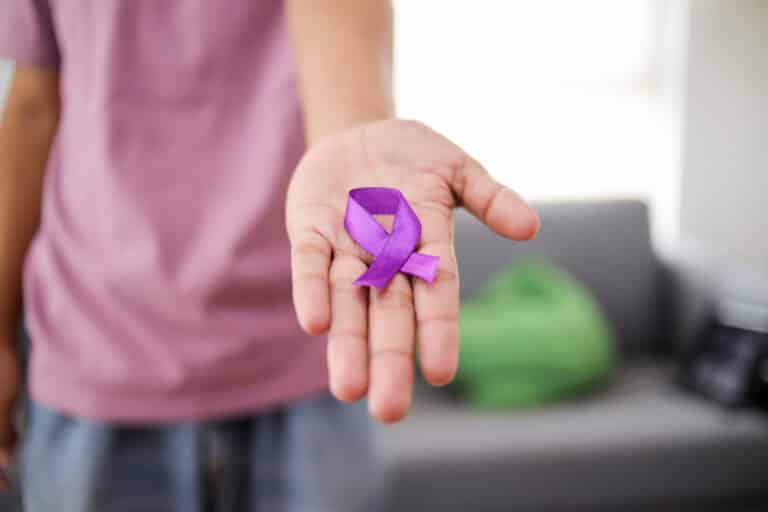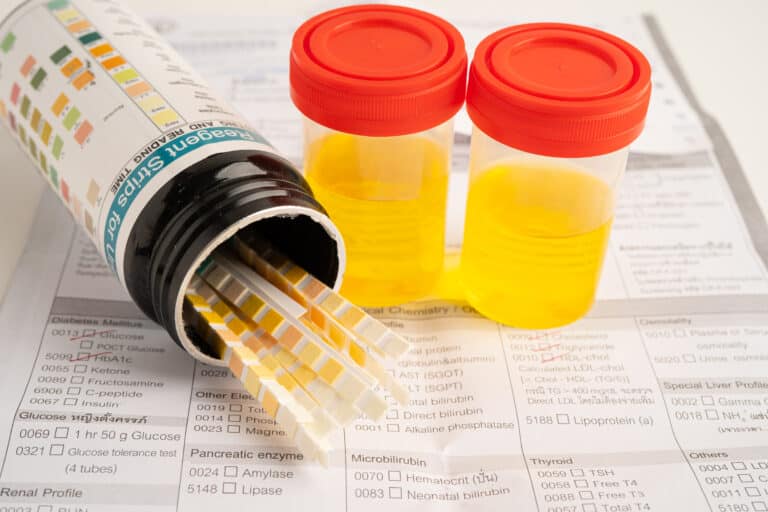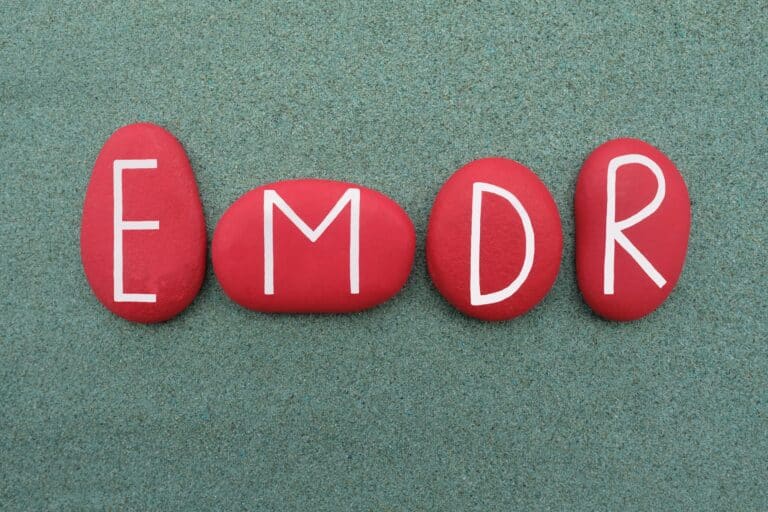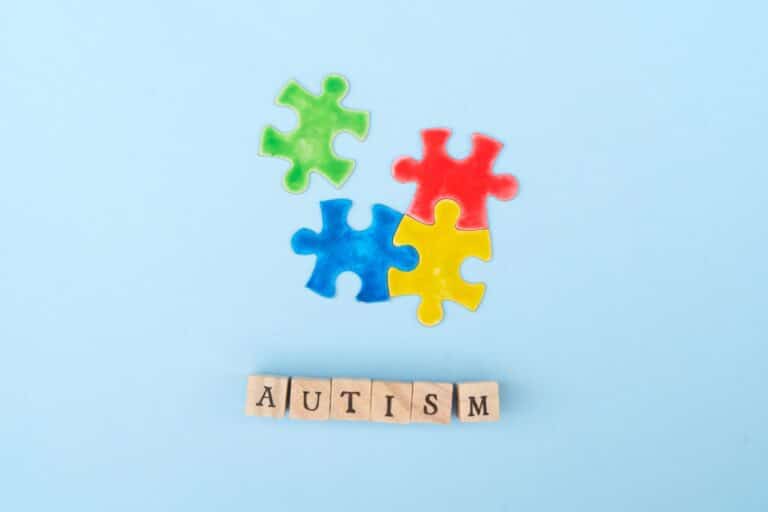Many mental health conditions share similar names. This can cause significant confusion when learning more about your mental health condition. One example is OCD (obsessive compulsive disorder) and OCPD (obsessive-compulsive personality disorder).
Obsessive Compulsive Disorder
Though the two mental health conditions share almost identical names, some significant differences exist between OCD and OCPD. OCD is an anxiety disorder characterized by the presence of obsessions, compulsions, or both. These obsessions and compulsions are time-consuming (more than one hour per day), cause clinically significant distress, or impair your ability to function.
This distress or impaired functioning is a critical aspect of the diagnosis. Many people have obsessive-compulsive tendencies that don’t cause clinically significant distress or impaired functioning. Having these tendencies doesn’t necessarily mean that you have OCD.
What Are Obsessions?
Obsessions are recurrent and persistent thoughts, urges, or mental images that are intrusive and unwanted. The content of these intrusive thoughts is distressing and doesn’t align with your values or self-image. You may attempt to ignore, suppress, or neutralize these with some other thought or action. Common examples of obsessions include:
- Contamination (constant worry about uncleanliness)
- Loss of control (constant worry you will harm yourself or others)
- Perfectionism (constant worry something isn’t done perfectly)
An example would be thinking that your hands are dirty regardless of how often you wash them. You know they are not dirty, but the distressing thought won’t disappear unless you rewash them.
What Are Compulsions?
Compulsions are repetitive behaviors or mental acts you feel driven to perform in response to an obsession. These behaviors and mental acts are meant to prevent or reduce anxiety or distress caused by the obsession. They may also be done to avoid a feared situation. Yet these compulsions are excessive and may not be connected in a realistic way to what you are trying to prevent. Common examples of compulsions include:
- Cleaning (constantly cleaning yourself or your home)
- Checking (continually confirming that you did or didn’t do something)
- Repeating (doing the same thing over and over because it didn’t feel right or could be done better)
An example would be washing your hands over and over despite knowing they are clean. This is usually to neutralize the obsessive thought that they are still dirty.
Obsessive-Compulsive Personality Disorder
OCPD is a personality disorder, which means it is a pervasive pattern of behavior that causes clinically significant distress or impairment. It must be present by early adulthood and presents itself in various situations. With obsessive-compulsive personality disorder, there’s a preoccupation with orderliness, perfectionism, and control. As a result, you lack flexibility, openness, and efficiency.
According to the DSM-V of the American Psychiatric Association, the diagnosis requires the presence of four or more of the following obsessive compulsive personality traits:
- Preoccupation with details, rules, lists, order, organization, or schedules to the point that you lose sight of the main point of the activity
- Perfectionism to the extent of failing to complete tasks
- Excessive devotion to work and productivity to the point you exclude leisure activities and friendships
- Overconscientious, scrupulous, and inflexible about morals, ethics, or personal values
- Unable to discard worthless objects even if they have no sentimental value
- Reluctant to assign tasks to others unless they will do it exactly how you want it done
- Miserly spending
- Rigidness and stubbornness
OCD vs. OCPD
In OCPD, there’s no mention of obsessions or compulsions aside from the name. Conversely, in OCD, obsessive thoughts come into your mind uninvited and unwanted. They cause you distress and anxiety, telling you the only way to relieve that uncomfortable feeling is to partake in compulsive behavior.
With OCPD patients, these obsessions and compulsions are absent. Instead, there’s a need for perfection and control over most aspects of your life. As a result, a pattern of thoughts, feelings, and behaviors is used to achieve this perfectionism and control what you believe is correct or morally right. These thoughts, feelings, and behaviors are usually very stringent and inflexible.
Treatment for Obsessive Compulsive Disorder
Cognitive Behavioral Therapy
One of the most common treatments for OCD is cognitive behavioral therapy (CBT). Cognitive behavior therapy is a type of talk therapy that helps you to understand and change the thoughts and behaviors that are contributing to your OCD symptoms. CBT usually consists of both individual and group therapy sessions. During individual sessions, you’ll work with a therapist to identify your thoughts and behaviors related to your OCD. Then, you’ll learn techniques to change these thoughts and behaviors. In group sessions, you’ll be able to share your experiences with other people who are dealing with OCD. These sessions can provide support and motivation as you work to manage your condition.
Exposure and Response Prevention Therapy
Another common treatment for OCD is exposure and response prevention therapy (ERP). ERP is a type of CBT that specifically focuses on exposure to the things that trigger your obsessions and compulsions. For example, if you’re afraid of germs, your therapist might have you touch doorknobs or shake hands with people during therapy sessions. As you become more comfortable with these activities, you’ll be less likely to feel anxious or have compulsions when confronted with them in real life situations. ERP can be done in both individual and group settings.
Medication
In some cases, medication may also be prescribed to help treat OCD. Commonly prescribed medications include antidepressants, anti-anxiety medications, and antipsychotics. These medications can help to relieve some of the symptoms of OCD, such as anxiety and depression. However, it’s important to note that medication should not be used as a sole treatment for OCD. Instead, it should be used in conjunction with other treatments, such as CBT or ERP.
The Confusion
Confusion over differentiating the two disorders is primarily from how behaviors appear from an onlooker’s perspective. Both can appear rigid, inflexible, and controlling. While the controlling behaviors in OCPD can resemble the obsessions and compulsions of OCD to the casual onlooker, they differ in that they are not unwanted or distressing to the individual.
On the contrary, with OCPD, you tend to believe you are right to think and act this way and get angry if others don’t agree or comply. You typically don’t see your behaviors as problematic, even if you are causing yourself distress or impairment in other areas of your life, such as work or interpersonal relationships. Whereas with OCD, your obsessions and compulsions are unwanted and distressing, and you wish they would stop.
Why It Matters
Whether it’s OCD, OCPD, or some obsessive-compulsive character traits, you’ve probably heard them collectively referred to as “being OCD.” Socially, this is usually adequate in getting the point across. However, knowing the difference between your specific mental health condition and those that sound and appear similar is helpful when explaining your condition to others or seeking treatment.
Many mental health conditions share similar names that can confuse those unfamiliar with them. This includes obsessive compulsive disorder and obsessive-compulsive personality disorder. Despite their similar names and overlapping characteristics, there are some significant differences that differentiate these two mental health conditions. At Southern California Sunrise Recovery Center, we understand how confusing it can be when conditions sound and look similar. We aim to provide our clients with clear and concise information about their specific mental health conditions. If you think you or a loved one might have one of these mental health conditions and want to learn more, we want to help. Call (949) 284-7325 to talk to a team member and find out more.






